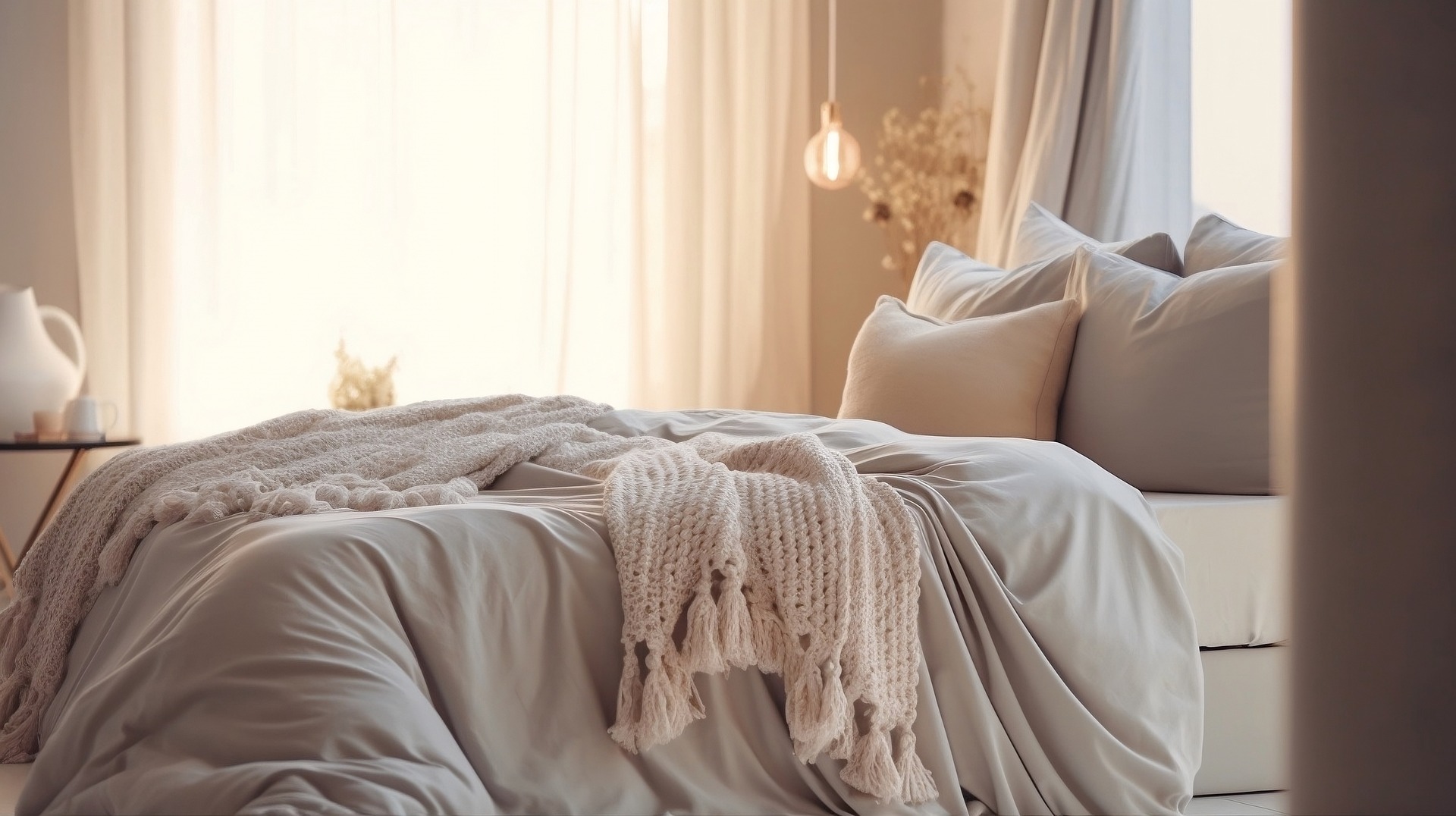Seasonal refresh guide for sleep environments
A seasonal refresh can make a bedroom feel more comfortable and supportive of better sleep without a full renovation. This guide covers practical adjustments you can make across mattress layers, lighting, textiles, ventilation, acoustics, layout, storage and maintenance so your sleep environment responds to changing temperatures, daylight and household routines.

A thoughtful seasonal refresh balances comfort, hygiene and function to support consistent sleep across the year. Start by surveying how temperature, daylight and household noise affect rest in different months, then plan modest updates—such as swapping bedding, adjusting lighting scenes, and improving ventilation—that address those factors. Changes can be staged to manage cost and disruption while maintaining ergonomics and clean surfaces.
This article is for informational purposes only and should not be considered medical advice. Please consult a qualified healthcare professional for personalized guidance and treatment.
Mattress and ergonomics
Evaluate mattress support and surface layers as seasons change. In warmer months, a lighter topper and breathable mattress protector improve air circulation; in cooler months a slightly thicker topper or thermal mattress pad can add comfort without altering spinal alignment. Pay attention to ergonomics: preserve neutral spine alignment by checking pillow height and support, and replace sleep surfaces or toppers when sagging or uneven wear appears. Regular rotation and inspection help maintain mattress performance and sleep quality.
Lighting and color choices
Adjust lighting to match seasonal daylight patterns and circadian needs. Cooler, brighter light in the morning supports wakefulness while warmer, dimmable lighting in the evening helps signal wind-down. Consider layering ambient, task and accent lighting for flexibility. Color choices for walls and linens influence perceived temperature and mood: lighter, cooler hues can feel fresher in summer while warm, muted tones add coziness in winter. Use blackout options when earlier sunsets increase light intrusion.
Ventilation and acoustics
Fresh air and sound control are central to year-round sleep comfort. Improve ventilation with adjustable windows, fans, or mechanical systems to manage humidity and temperature; in colder months, short bursts of cross-ventilation reduce stale air without large heat loss. Address acoustics with rugs, curtains, and soft textiles to dampen transient noise, and consider heavier window treatments or seals for quieter winter evenings. Small, targeted changes often yield noticeable reductions in sleep disruption.
Textiles and fabrics
Rotate textiles according to season and allergy considerations. Swap heavy duvets and flannel sheets for breathable cotton or linen in warm months; in cooler months choose insulating weaves and layered blankets. Select fabrics with appropriate breathability and easy-care labels to support maintenance; hypoallergenic covers and washable materials can reduce dust and allergen buildup. Keep a small set of season-specific bedding to simplify transitions and prolong fabric life through proper laundering and storage.
Storage and organization
Efficient storage keeps seasonal bedding accessible and the room uncluttered, which supports restful sleep. Use breathable storage bins or vacuum bags for off-season textiles, and keep frequently used items in easy-to-reach places. Organization strategies—such as rotating bedding by season, labeling storage, and creating a simple evening routine zone—reduce friction and help maintain a calming layout. Thoughtful storage also protects fabrics from pests and moisture, preserving longevity.
Layout, maintenance, and renovation
Assess layout for airflow, natural light, and noise pathways before planning any renovation. Small maintenance tasks—cleaning vents, sealing drafts, replacing worn window seals, and inspecting mattress and furniture—improve comfort and can postpone larger renovations. When renovating, prioritize improvements that directly affect sleep quality: improved insulation, upgraded windows, or better HVAC zoning. Balance aesthetic changes with functional upgrades to support long-term maintenance and indoor comfort.
A seasonal refresh need not be costly to be effective: focus on targeted swaps and maintenance that address the most disruptive factors for your sleep. Regular checks and modest investments in breathable fabrics, lighting controls, and basic acoustic treatments often yield the clearest improvements in sleep consistency across the year.
Conclusion
Refreshing a sleep environment seasonally is a combination of functional updates and simple organization: adapt mattress layers and fabrics, tune lighting and ventilation, manage acoustics, and keep storage and layout efficient. These incremental adjustments preserve sleep-supportive ergonomics and hygiene while allowing the room to respond to changing weather, daylight and household rhythms.





